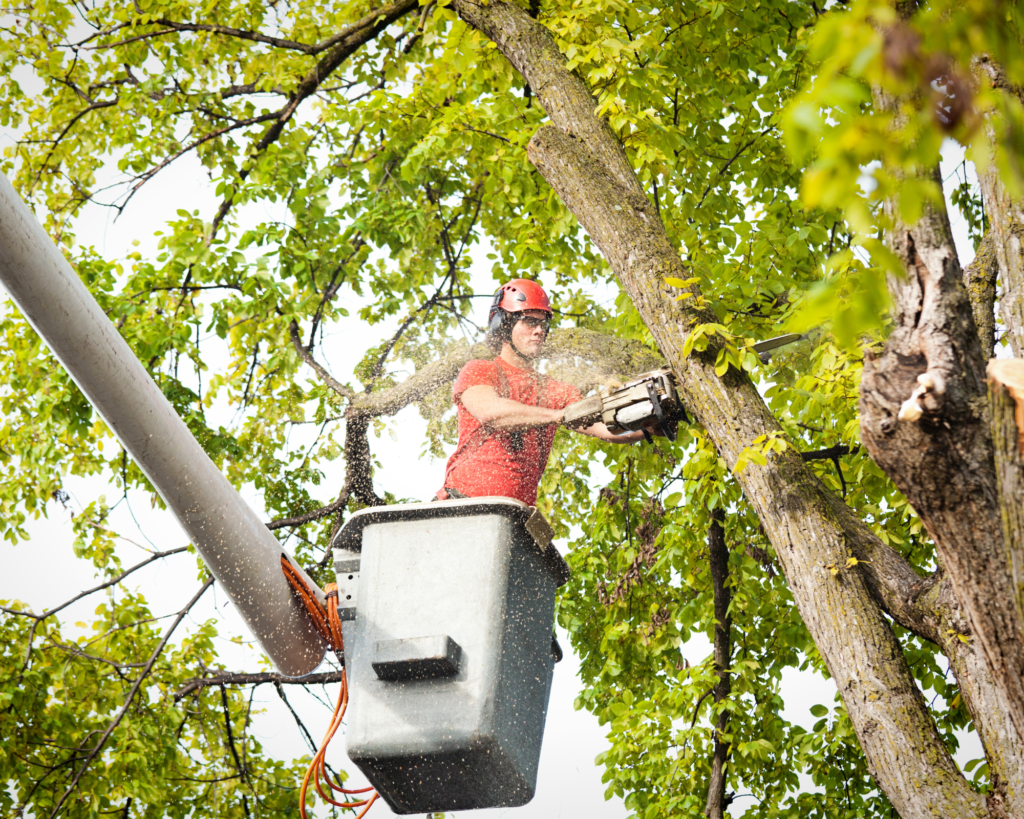Cutting tree limbs can be a daunting task, especially for those who want to enhance their landscape without compromising the health of their trees. With the right knowledge and techniques, however, you can safely trim tree limbs without causing harm. In this guide, we’ll delve into the essential steps and precautions to ensure your tree stays healthy and vibrant while achieving your desired landscaping goals.
Why Proper Tree Limb Cutting Matters
Before grabbing your pruning shears, it’s crucial to understand the importance of proper tree limb cutting. Incorrect pruning can lead to a variety of issues, including disease, stunted growth, and even the death of the tree. On the other hand, well-executed limb cutting can encourage healthy growth, improve tree structure, and enhance the overall appearance of your landscape.
Choosing the Right Time: Seasonal Considerations for Cutting Tree Limbs
Timing is crucial to maximize the benefits and minimize stress on your tree. Generally, the best time for cutting tree limbs is during the dormant season, either late fall or winter. This is when the tree is less active, reducing the risk of stress and diseases. Avoid pruning during the spring when the sap is flowing, as it may attract pests and cause unnecessary harm.
Assessing the Health of the Tree: Identifying Limbs for Removal
Not all tree limbs are created equal, and not all should be cut. Start by inspecting your tree for dead, diseased, or damaged limbs. These are your priorities for removal. Additionally, identify any limbs that may be crossing or rubbing against each other, as they can lead to long-term issues if left unaddressed.
The Right Tools for the Job: Selecting and Maintaining Equipment
Using the appropriate tools is fundamental for a successful tree limb cutting project. Pruning shears, loppers, and saws are common tools, each serving a specific purpose. Ensure your equipment is sharp and well-maintained to make clean cuts, reducing the risk of tearing or splintering that can invite disease.
Proper Technique: Making the Cut for Tree Limb Health
When cutting tree limbs, use the three-cut method for larger branches. Begin with an undercut a few inches from the trunk, followed by a top cut slightly farther out. Finish with a third cut to remove the stub. This technique prevents tearing and bark damage, promoting quicker healing for the tree.
Avoid Common Mistakes in Tree Limb Cutting
Over-pruning or removing too many branches at once can stress your tree. Maintain a balance and avoid cutting more than 20-25% of the tree’s crown in a single year. Be cautious not to leave stubs, as they can become entry points for diseases. Aim for a natural and aesthetically pleasing shape while prioritizing the tree’s overall health.
Aftercare: Support Your Tree’s Recovery Post-Limb Cutting
After successfully cutting tree limbs, provide aftercare to support your tree’s recovery. Water the tree adequately, especially during dry periods, and consider applying a layer of mulch around the base to retain moisture. Monitor the tree for signs of stress or disease and take prompt action if needed.
Consulting Professionals: Ensuring Safe and Effective Tree Limb Cutting
While the above tips can empower homeowners to handle minor limb cutting, large or complicated projects may require professional expertise. Consulting a professional tree-cutting service ensures not only your property’s safety but also your trees’ health and longevity. Experienced arborists possess the knowledge to assess tree health, make strategic cuts, and provide proper care recommendations.
Contact Madd Beaver Tree for Expert Tree Limb Cutting Services
If you find yourself facing a challenging tree limb cutting project or prefer the expertise of professionals, consider reaching out to Madd Beaver Tree. Our skilled arborists specialize in safe and effective tree limb cutting, ensuring your trees thrive while achieving your landscaping goals. Don’t compromise the health of your trees – consult Madd Beaver Tree for all your tree limb cutting needs.
In conclusion, cutting tree limbs is a delicate art that requires a combination of knowledge, skill, and proper technique. By understanding the fundamentals and following the outlined steps, homeowners can embark on safe and effective tree limb cutting projects. Remember, when in doubt or dealing with extensive pruning needs, consulting professionals like Madd Beaver Tree ensures the best outcomes for your trees and your landscape.

